In past columns I have laid out the case - for establishing a position in metals commodities as a means of protecting yourself from the ongoing, and escalating, depreciation of the dollar - in the face of an unprecedented surge in money creation by the FED. Their misguided policy of quantitative easing - to buttress ill-supported Treasury bond offerings by facilitating their purchase - directly results in the diminution of the worth of each circulating scrap of fiat currency known as the federal reserve note. That dilution of value represents a 96% decrease in purchasing power, since the FED was first created in 1913.
Physically holding tangible forms - coins, rounds, bars, and ingots of silver and gold - have long been acknowledged by hard money advocates to represent a "safe haven," one that while not guaranteed to provide immediate appreciation in value, will generally at least keep pace with inflation. I expect that the future holds an ugly prospect for savers. The portent of potential hyperinflation promises to decimate the savings of the unwary, by devastating their purchasing power. Those who adopt a defensive posture now, by obtaining silver and gold, should avert that destructive outcome.
Financial planners advise that you make a five to ten percent allocation to precious metals when building a well-diversified portfolio, I'd like to recommend that, in addition, you include perhaps a one percent base metals allotment to copper. Copper's value will rise, when denominated in declining dollars, by the same pricing mechanism that affects the valuation of precious metals. In fact, copper outperformed silver and gold - during many periods within the last decade - by multiples of appreciation. 2009, in which copper was up 140%, was one such year. Large investors would do well to take a position in copper in order to benefit from a continuation of the anticipated rise in the worth of commodities in the face of imminent hyperinflation.
Smaller investors are presented with an opportunity as well, one that is ideal for the participant whose budget precludes the purchase of silver or gold. If silver has been called the "poor man's gold," then certainly copper must be the "poor man's silver." Copper allows the masses - who otherwise might have been excluded from accruing the increase in net worth normally accorded higher income earners - to save money that gains in value, in a "centsable" form. An ounce of gold costs 113,000 times what it takes to get started in copper. An ounce of silver requires 1850 times the ante.
Virtually anyone can save copper. It is affordable to everyone. Copper cents - those 95% copper, 5% zinc alloyed pennies minted up to 1982 - may not individually be worth much in and of themselves. But, when sorted from circulation and saved over time, their value multiplies as a function of the scale upon which they have been accumulated. Coinflation.com currently ascribes a worth of 2.21 cents apiece to the copper metal content intrinsic to the penny, based upon the most current - 1/15/2010 - price of $3.3397 per pound of scrap copper. That means, were there a buyer at this price, that $100 face value of copper would represent $221 of wealth on the secondary market.
There is such a market - as evidenced by the presence of copper cent retailers on ebay - for copper cents as bullion. But currently, the prices realized for these cents does not match their putative value. There are at least two reasons that could explain this shortcoming. There is presently a melt ban on pennies and nickels. Legislated in late 2006, it was mandated to attempt to ensure that these coins - whose face value at that time exceeded their nominal worth by a considerable margin - would remain in circulation and not disappear faster than vanishing bees experiencing Colony Collapse Disorder.
Thus, investors who amass cents now are speculating that the ban will be lifted in the future, and that the coins they accumulate will gain commensurately in value when that happens. Another reason that pennies don't fetch more is because they're essentially free at this point in time. You can obtain them at face value merely by socking away pocket change, or to accelerate the process, by requesting them from a bank in quantities of several rolls or a $25 box at a time. A broad group of small investors - who like the concept of sorting and saving copper cents, and can afford to do so - is represented by a gamut of socioeconomic tiers.
No different really, than the gap between the rich and the poor, the same situation exists lower on the earnings totem pole, simply with narrower parameters. Individuals - who have assumed the mantle of copper harvestor, and now mine for cents - may have little money to purchase a stockpile of pennies to examine, but have plenty of time to sort them. Those represent one division of incipient copper savers. At the other end of the spectrum, there are those who are employed - earning moderate wages, that allow them the discretionary income to invest - but who have scant time to sort. They form another cohort.
In between these two groups may lay the broadest echelon of copper enthusiasts, one that embraces a group which is actively engaged in sorting and saving a hoard, to those who are doing some sorting, and some purchasing of others cents due to time constraints, to those who must resort to paying for someone else's labor because, realistically, they don't have the time to do it themselves. It does take effort to obtain pennies from a source that will provide them to you. And it requires meticulous time-consuming attention to detail to sort them by hand.
Then you'll also experience the nuisance of having to return the post-1982 97.5% zinc pennies. You want to recycle them so you can reinvest the money you receive back into more unsorted cents with which to repeat the process. It's a slow process to build a significant cache of these cents, when only about twenty to twenty-five percent of the pennies you encounter will be copper. Hence, those who do sort pennies in this fashion may be loathe to part with their hoards to those who wish to purchase them - at prices presently offered - for the quick, but meager, profits the secondary market affords at this time.
Thus, these laboriously cultivated hoards of cents actually represent options on the increase in the value of copper, ones that will never decrease in value below their starting point at face value of the cent, but have the potential to rise by multiples. But you have to act quickly. It's a virtual certainty that hyperinflation is coming down the pike. And when that occurs copper will climb two, three, even five to ten times in value. When that happens the secondary market will reflect those increases, and copper savers can cash in their cache. But you must act now to avail yourself of this opportunity. We may only have a few months before prices start to jump, and by then everyone and their grandmother will be hoarding copper, the poor man's silver.
Buy Silver. Buy Gold. Save Copper. Start Now.
Sunday, January 17, 2010
Subscribe to:
Post Comments (Atom)



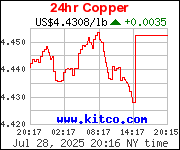


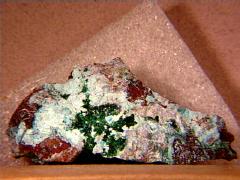

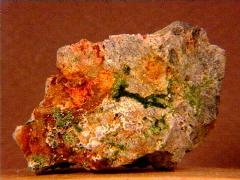
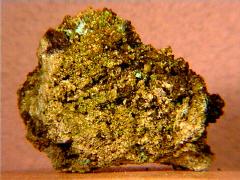
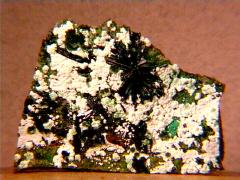
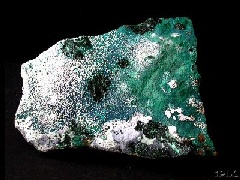


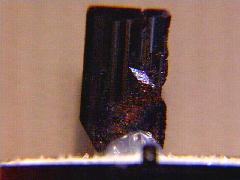
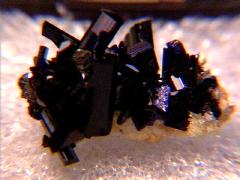
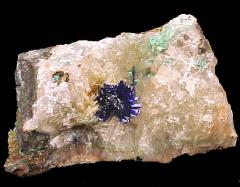


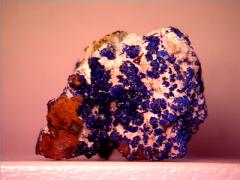






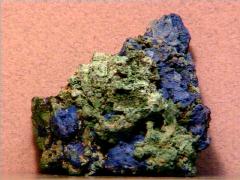

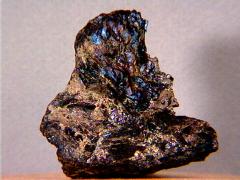




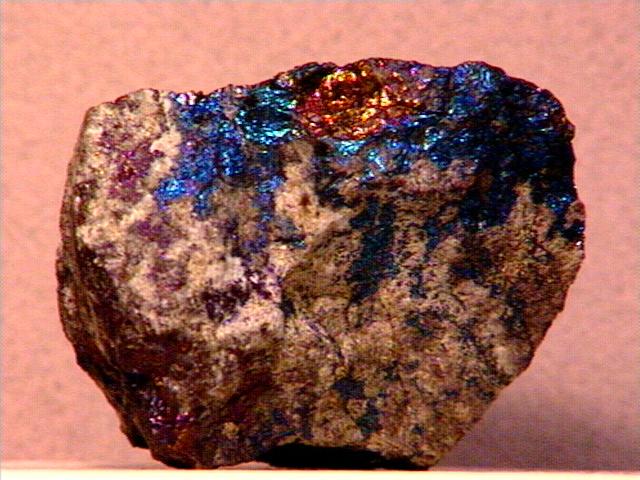


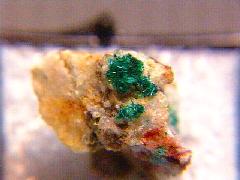
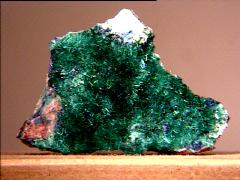






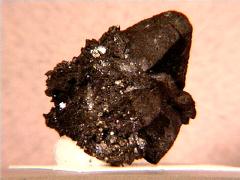
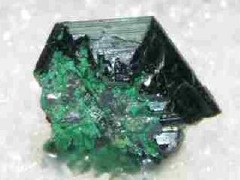
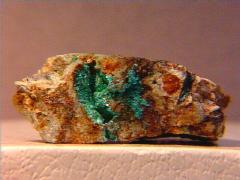

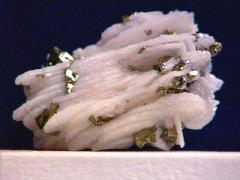
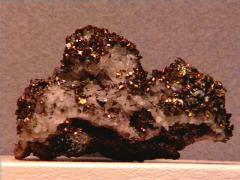

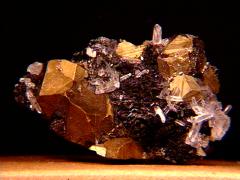
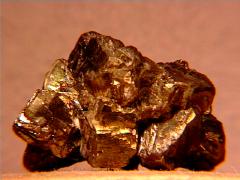




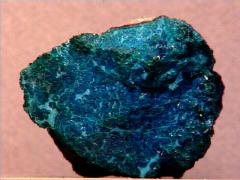
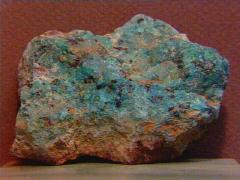


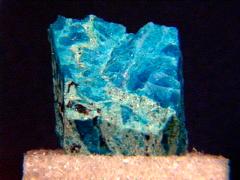
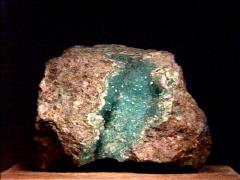
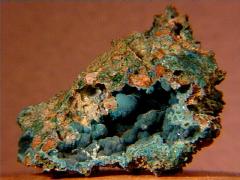
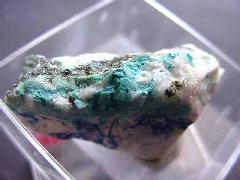
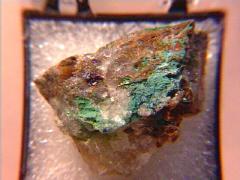

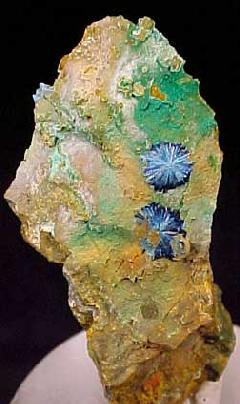
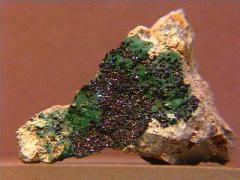

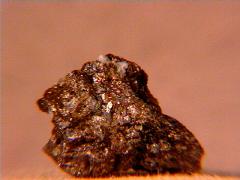
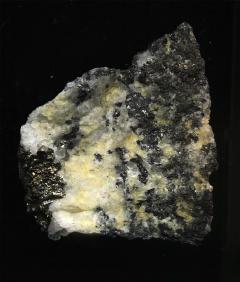



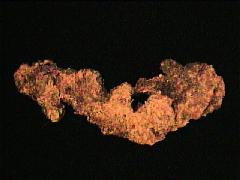


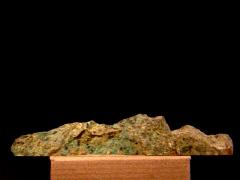



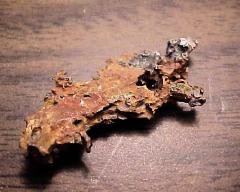
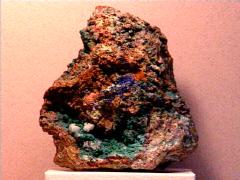


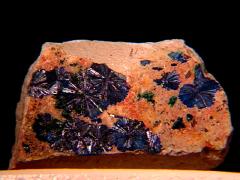
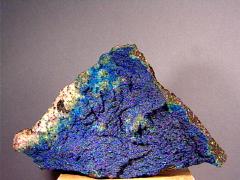

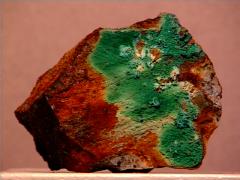


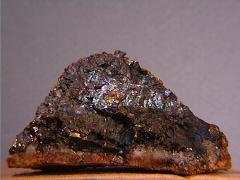
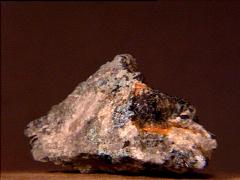


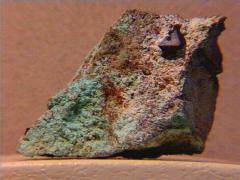


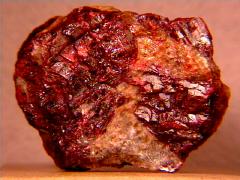
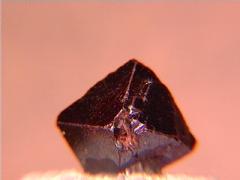

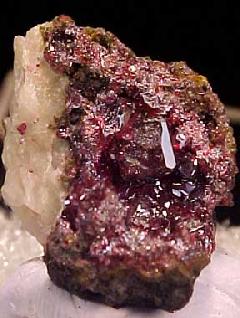


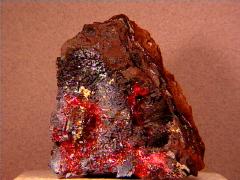


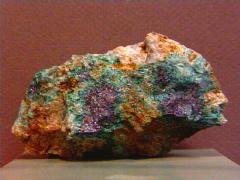

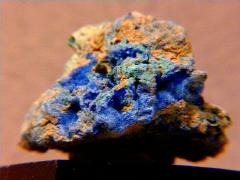

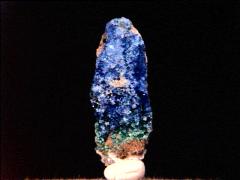




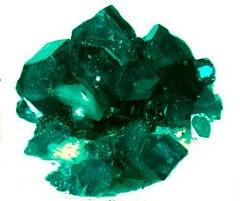



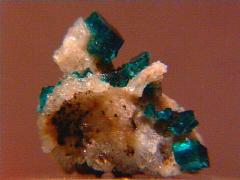








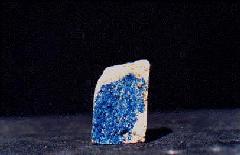


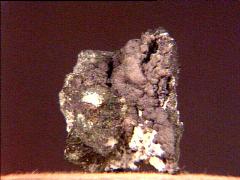
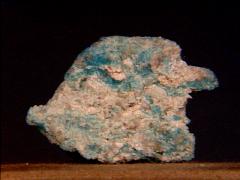
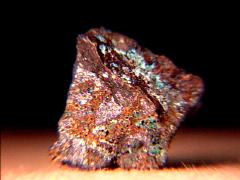





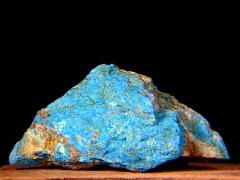

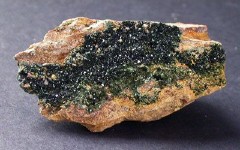


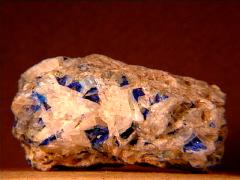
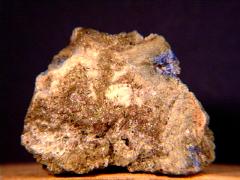


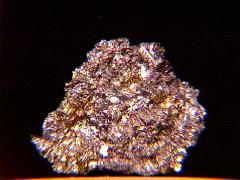
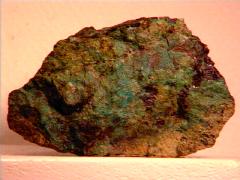
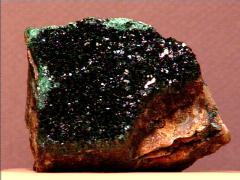
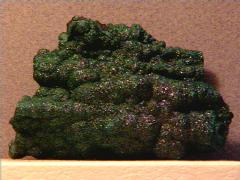




This comment has been removed by a blog administrator.
ReplyDelete